Your guide to autumn pruning: get it right with our expert tips
There’s a lot more to autumn pruning than simply chopping back everything in sight. Here’s what plants to prune now and how to do it for the best results
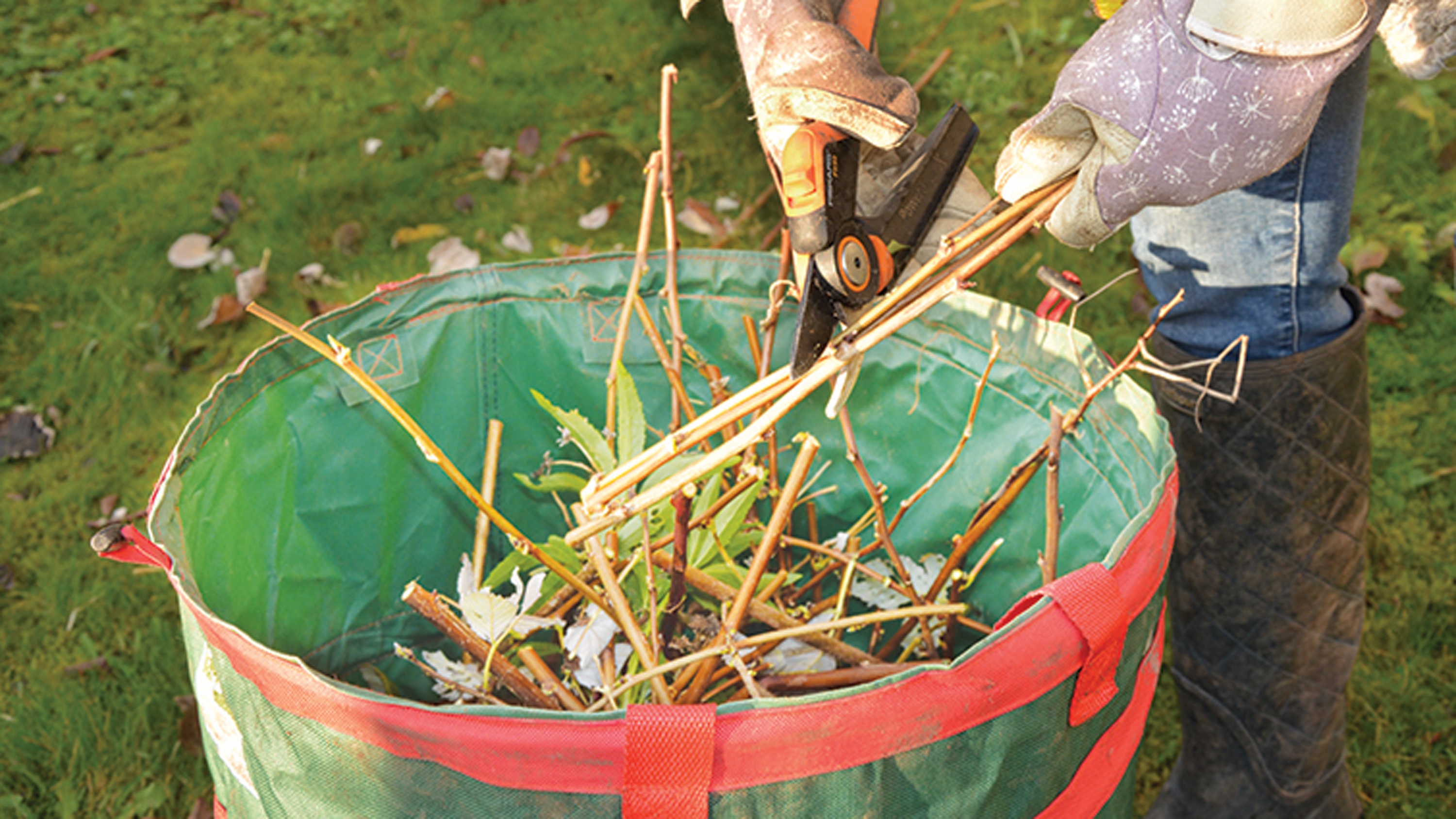

It’s a great time of year to get on with autumn pruning to clear out faded annuals and certain types of perennial. Other plants need a more careful approach, while seedheads and rose hips are best left for winter interest and to feed hungry birds.
There’s nothing like a good autumn tidy up. The urge to rake up leaves, chop back shrubs, prune perennials and shove it all in the compost or green recycling bin can be irresistible at this time of year. But before you start flexing your secateurs be aware that not all plants will benefit from being given the chop.
Read on to find out what you should be pruning now - and what can wait till next year. Need the right tools for the jobs? Head over to our best secateurs guide to find the perfect buy for your pruning needs.
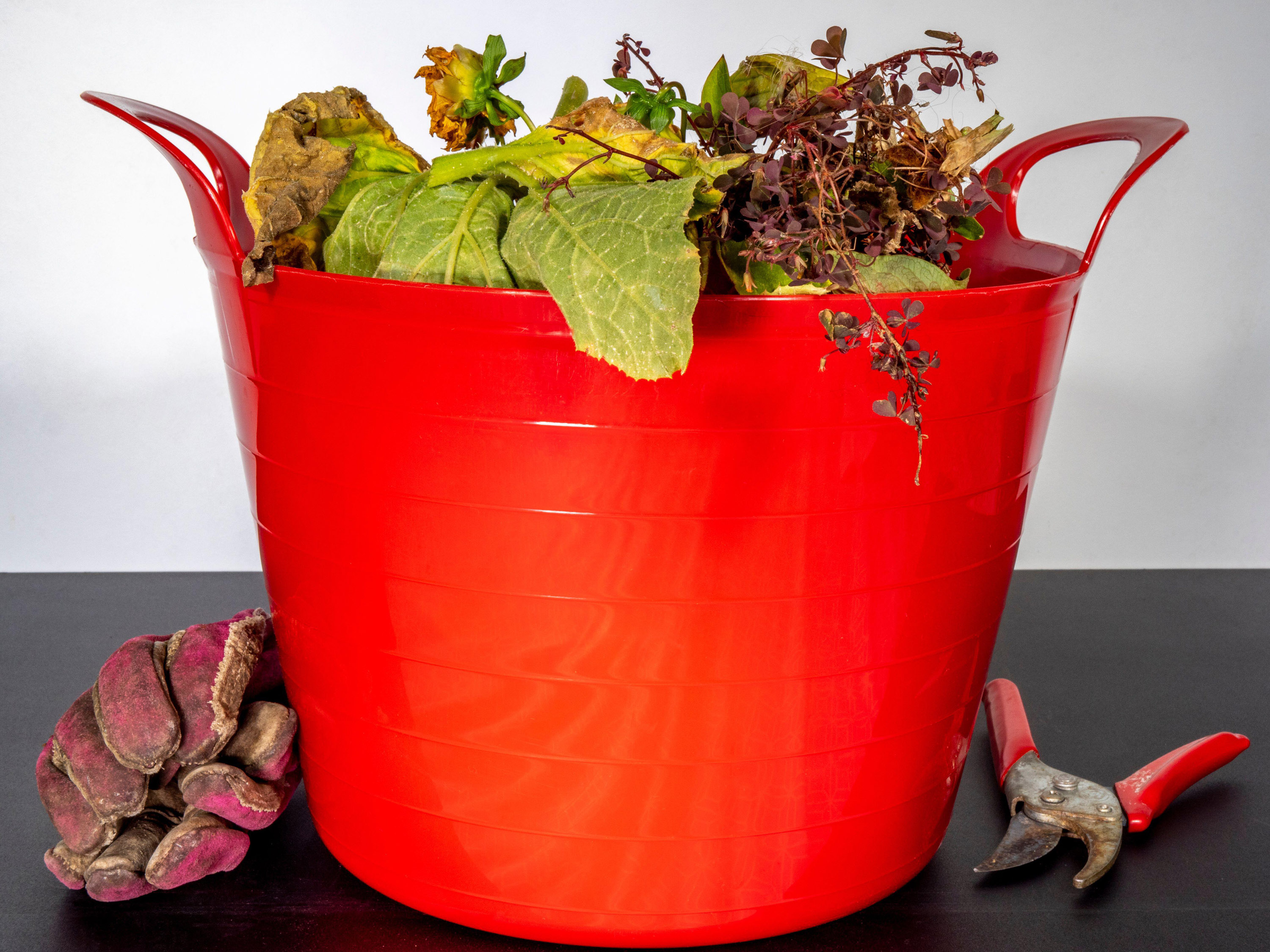
How to get pruning in autumn

Exhausted annuals can certainly go straight on the compost heap. There’s no point leaving their bedraggled foliage to detract from the look of your garden. With perennials, however, it varies. Some can be cut back now, while others are better left alone until spring. To chop or not to chop may be the question, but there's no straight answer. It all depends on the plant. Some perennials – the likes of campanulas, phlox, astrantias and alstroemerias – are best cut off at soil level. The same applies to fennel, which will otherwise repay you by spreading everywhere next year. With others, there are definite benefits to holding fire. By not cutting back the statuesque achilleas, eryngiums, perennial astilbes, sedums, alliums and many ornamental grasses, you can enjoy their structure against a winter sky. The sight of their stems silvered with frost adds a whole new level of interest to the garden.
Cutting back a little
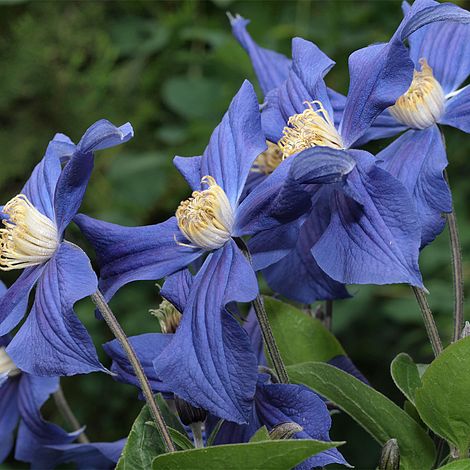
There’s also another option, namely cutting back but only by around a half or a third. This is the ideal approach for the likes of penstemons. If left alone they will rock in winter winds, the roots will be loosened and their chances of survival greatly reduced. Some summer-flowering shrubs, such as Hydrangea paniculata, have an impressive winter structure and can be left until spring in sheltered places, although thinning the stems is advisable in windy gardens. By all means enjoy clematis seedheads into winter, but cut back buddleia and hybrid tea and floribunda roses by half to reduce wind rock. You can then finish the job in spring.
Keep some dried flowers and seedheads
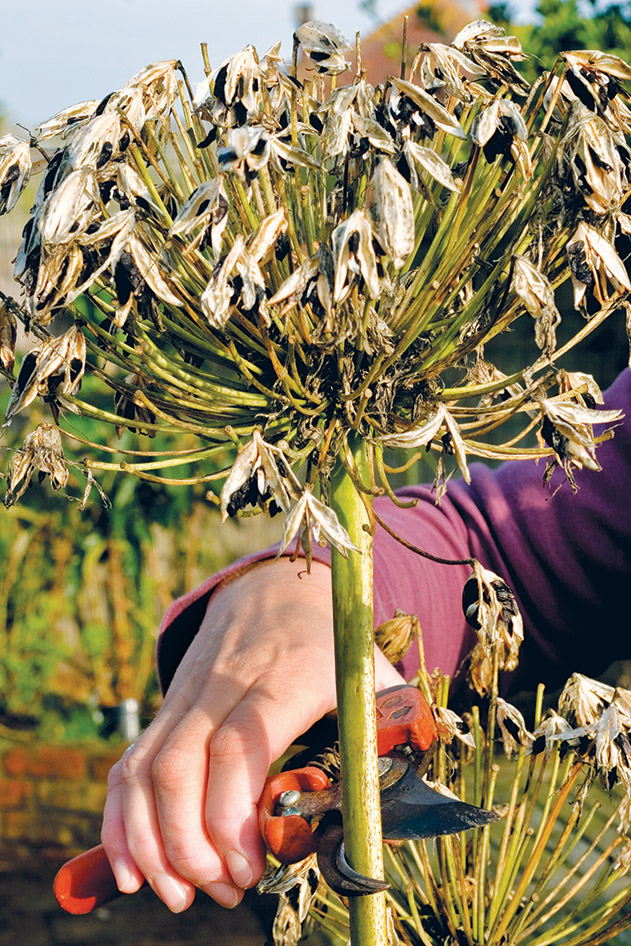
When cutting back, also bear in mind that certain seedheads are lovely for drying and arranging in jugs or vases indoors. Cardoons, nigellas, agapanthus, poppies and grasses are all particularly effective when dried. Just don’t leave it too long as they’re less easy to dry after being soaked by autumn rains.
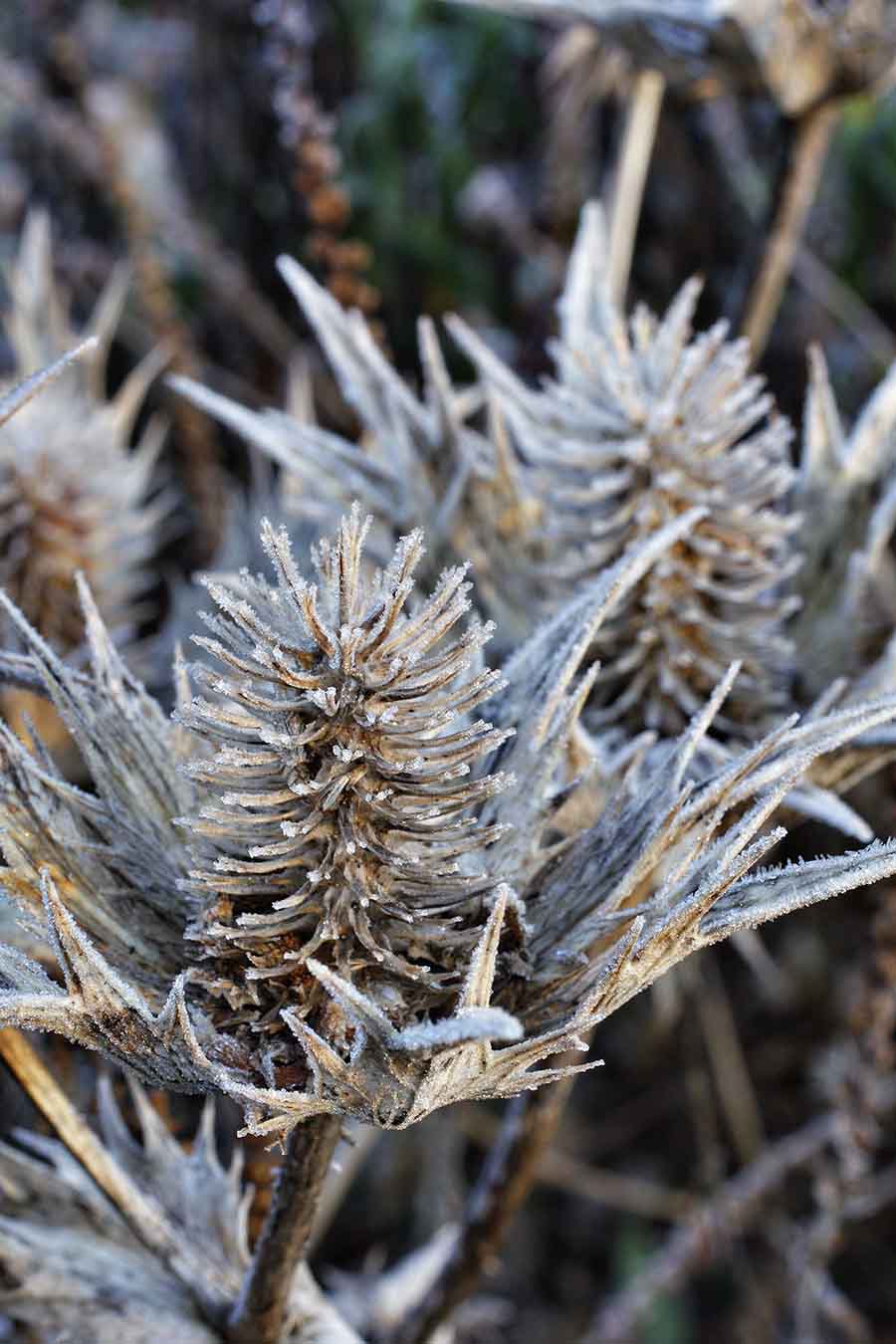
Instead of cutting back all of your seedheads, leave some in the garden so you can enjoy their shape and form over the winter months. Here are three of the best plants to leave as seedheads:
Miscanthus
Topping the list of grasses for winter seedheads, M. sinensis flutters in silvery white. ‘Kleine Silberspinne’, ‘Morning Light’ and ‘Silberfeder’ hold their heads well into winter. And you’ll rarely get self-sown seedlings.
Cardoons
Imposing, statuesque perennials with a huge mound of silver spring foliage and 3 metre stems topped by fat, purple summer thistles that produce masses of autumn seeds for birds. The heads can be sprayed gold or silver for Christmas.
Teasels
Like sunflowers, teasels are popular with birds such as goldfinches, but they have the added advantage of maintaining their upright shape throughout winter and looking lovely when they're dusted with frost.
Leave some plants for wildlife

For many forms of garden wildlife, the very plants we might be tempted to cut back offer valuable sources of food and shelter in the colder months. Beneficial insects hibernate in stems and in dried seedheads in winter, and in spring the twiggier pieces will be used for birds’ nests. Finches, in particular, will appreciate seedheads – especially those of teasels, sunflowers, scabious and Michaelmas daisies. Leave a few in situ for them now and feathered visitors will return the favour by eating your aphids in spring. There's more ideas for how to attract birds into your garden in our feature.
Plants to cut back hard now

Hellebores
Black spot disease overwinters on the leaves of lenten roses, infecting new flowers as they emerge. To be safe, cut off the foliage now; you can leave any prettily marbled leaves, but if black spots appear, remove them.
Delphiniums
Cut back the hollow stems to the ground, to prevent slugs hiding inside and eating the crowns. Drop an organic slug pellet or two down the remains of each stem. Take the same approach with perennial lobelias and overwintered dahlias.
Verbascum
Both verbascums and foxgloves should be cut back hard to prevent self seeding and to encourage the rosettes of foliage to overwinter. It is from these rosettes that next year’s flowering stems will emerge in late spring.
Plants to cut back partially

Roses
Cut back hybrid teas and floribundas by about a third to reduce wind rock but major pruning can wait until March. Remove all the old flowering wood from ramblers. This will reduce their weight and leave room for new spring growth.
Penstemons
If deadheaded, many penstemons will flower into October. But eventually it’s wise to cut them back. Reduce by half, leaving some evergreen foliage to protect the crowns while greatly reducing the danger of wind rock.
Chrysanthemums
Some garden chrysanthemums are less hardy, so in general it pays to cut them all back by half after flowering. This will reduce wind rock but still provide greater protection for the overwintering crowns.
Plants to cut back later
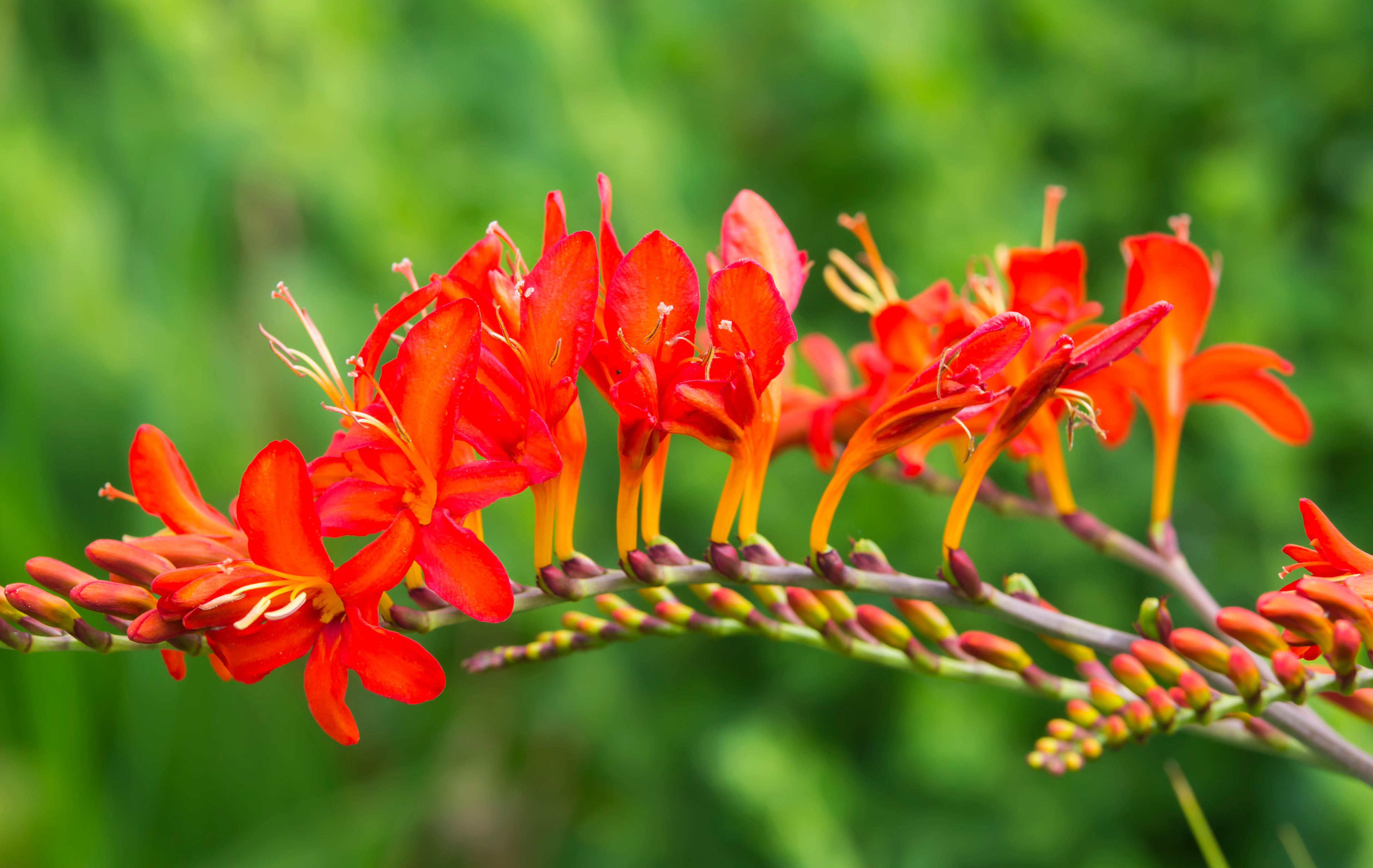
Crocosmia
The dried seed capsules of the larger crocosmias, such as ‘Emberglow’ and ‘Lucifer’, make a bold winter feature. They can also be cut, dried and sprayed for use in simple but gorgeous Christmas arrangements.
Grasses
Many grasses – miscanthus varieties, in particular, as well as some pampas grasses – hang on to their seedheads well into the winter. Leave these until they become ragged, then you can cut back without damaging new growth.
Poppies
The heads of perennial poppies are probably long gone, but leave those of annual poppies for their decorative effect, for drying and to feed birds. Doing so will ensure you have a plentiful supply of seedlings for next year, too.
Can I prune shrubs in autumn?

Shrubs flowering on growth made earlier this year should not be cut back now as you’ll be cutting off flower buds. However, buddleia make so much growth that winter winds can loosen the roots, so cut back by half this month and finish the job in spring. Lavateras and shrubby salvias suffer from the same problem and should also be cut back by half now. Pyracanthas and other berrying shrubs and roses should be left in fruit as they add colour and birds love them. Our guide to pruning shrubs has plenty more expert tips.
How to prune fruit bushes and trees
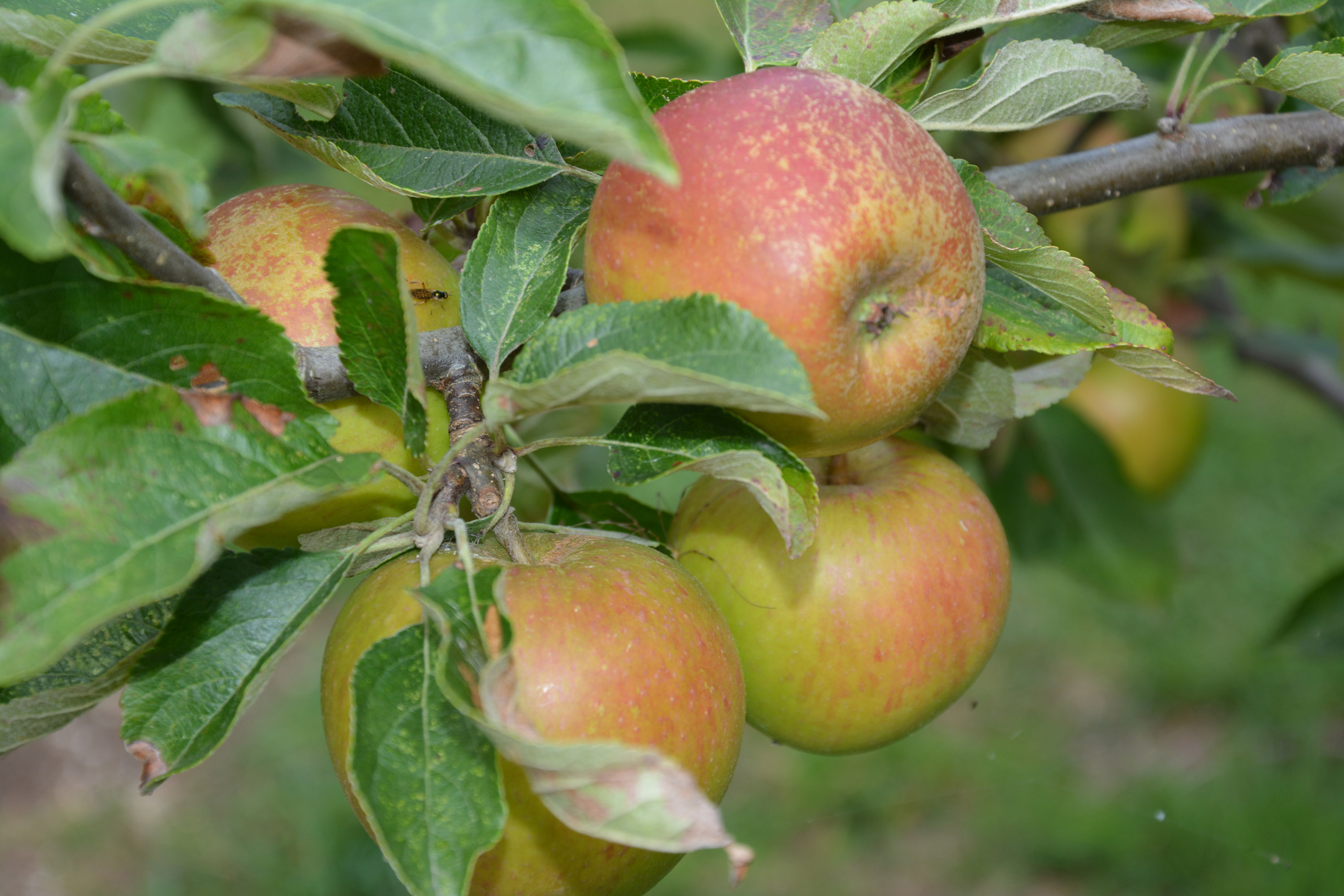
Apples
If you have apple trees in need of renovation or reduction in size, it’s tempting to start now. But it’s actually better to wait until later, when all growth has ceased for the season.
Raspberries
Cut shoots that have fruited this year down to the ground now, making space to tie in the new growth that will carry fruit next season. With autumn-fruiting raspberries, cut stems to the ground.
Plums and cherries
Wait until the summer to prune. The spores of the deadly silver leaf disease are especially active in winter and will infect pruning cuts and kill off branches following autumn and winter pruning.
Blackberries and hybrid berries
Now’s the time to cut out all the shoots that have carried fruit this year. It’s often easier to untie everything, prune out old growth, then tie in the new shoots. Wear sturdy gardening gloves and make sure your arms are covered.
Choosing the right tools for the job

Pruning is a lot easier if you use the right secateurs. There are two types: anvil and bypass. The first have a sharp blade that cuts onto a flat plate, while bypass pruners have one blade passing another, just like scissors. Unless you keep the blade super-sharp, anvil secateurs will crush and damage stems, so only use them to cut dead wood. It’s a good idea to buy the best bypass secateurs you can afford.
- How to trim a hedge: it's easy with our quick guide
- The best loppers: brilliant buys for excellent cutting performance
- How to compost: everything you need to know

Graham Rice is a garden writer who has won awards for his work online, and in books and magazines, on both sides of the Atlantic. He is a member of a number of Royal Horticultural Society committees and the recipient of the 2021 Garden Media Guild Lifetime Achievement Award.
